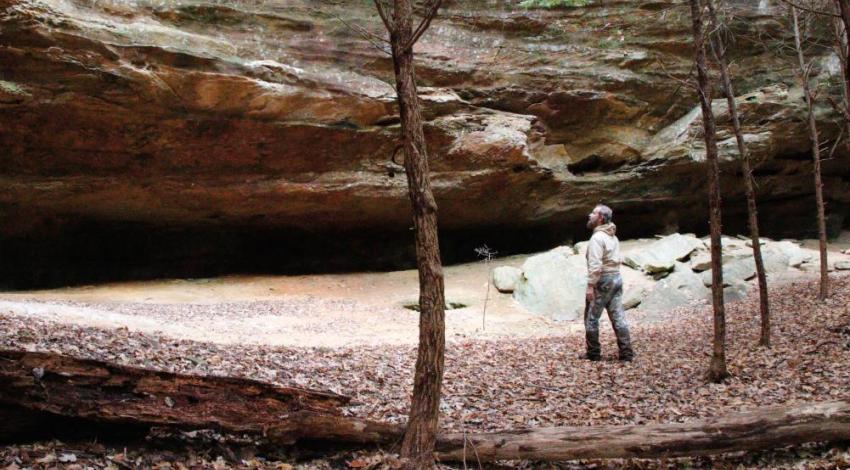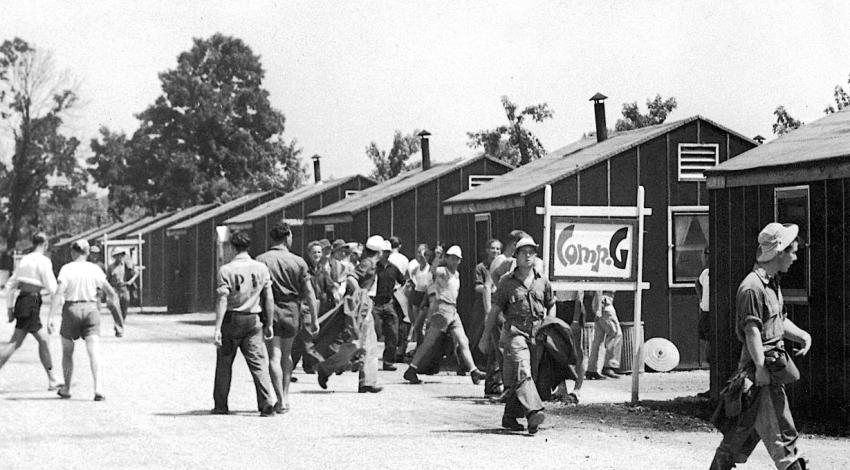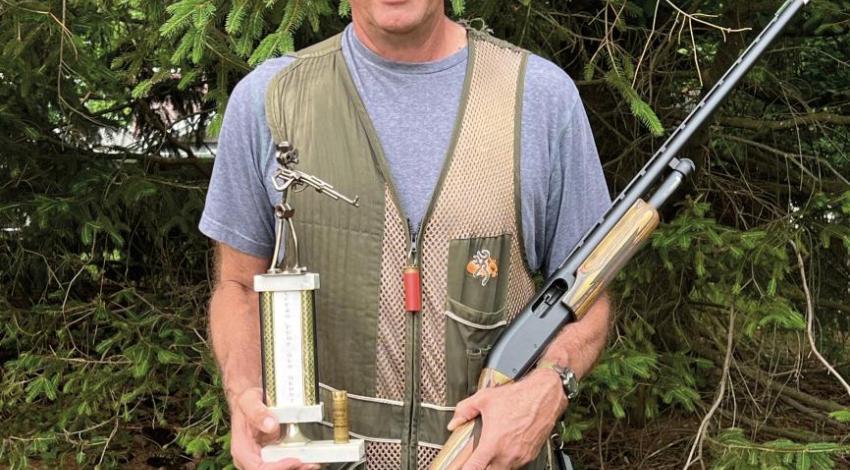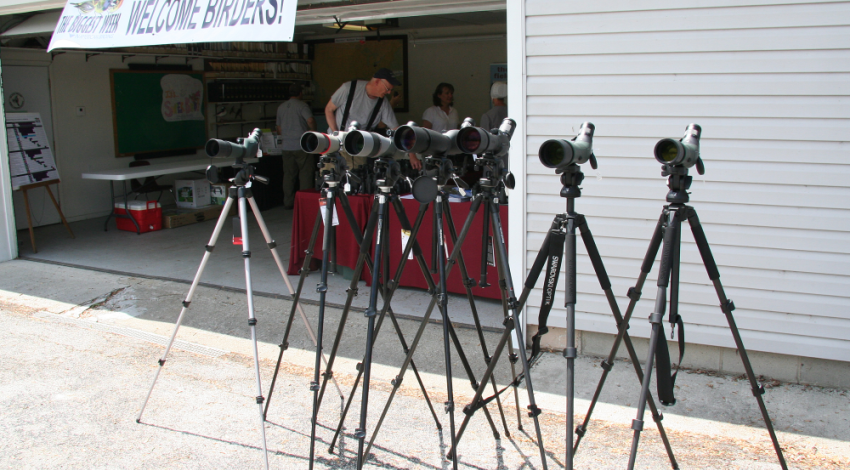With her quick smile and no-nonsense air, Brandi Anderson is warm and approachable, with two friendly St. Bernard dogs wagging their tails by her side.
Her world includes her husband, Nick, three little girls (ages 6, 7, and 9), and, at any one time, more than 100 head of black Angus cattle, 48 turkeys, and 350 chickens, all on their 13-acre farm near Mechanicsburg. Hogs are kept at her sister-in-law’s farm down the road. They also have two bulls (with rings in their noses), three dogs, a horse, and a cute little pony just for fun.
The concept of energy independence is complicated. In the U.S., we’ve generally talked about it in reference to oil and gasoline, but in fact, there are many more forms of energy that matter to our security, safety, and general well-being. In addition to oil and gasoline, for example, we need things like natural gas supplies and electricity derived from a variety of sources.
Some natural resources conservation groups talk a good game. Others diligently and quietly go about their stated mission, making a decided difference in the out-of-doors year by year, decade after decade.
To get a feel for AOA, I tagged along on one of the organization’s many annual educational events open to the public. The field trip attracted some 30 people to Cedar Bog Nature Preserve, a few miles south of Urbana. It’s the oldest nature preserve in the Buckeye State purchased with state funds (in 1942), and is owned, operated, and managed by the Ohio History Connection.
Camp Perry, on the Ohio shores of western Lake Erie a few miles west of Port Clinton, boasts the second-largest outdoor rifle range in the country.
The United States maintained nearly 700 camps, in all but three states, during the war — established to help alleviate the overcrowding of POWs housed in Great Britain. Had just Italian (50,273) and Japanese (3,915) POWs been sent to the U.S., existing American camps could have handled those numbers. But late in the war, as Allied troops began to take control, an additional 371,683 German prisoners began debarking from troop ships onto America’s shores, and the POW prison system was quickly overwhelmed. U.S.
In June of 2022, after fierce storms ripped through the region, areas in and around Columbus were hit with power outages. Residents flocked to cooling centers as temperatures soared into the 90s.
That emergency balancing act is known by many names, including “intermittent outage” or “forced outage,” but is most commonly called a “rolling blackout.” It can happen when a peak in electricity use — usually during extremely hot or extremely cold weather — coincides with significant gaps in the generation or transmission of electricity, says Ben Wilson, director of power delivery engineering for Buckeye Power, which supplies electricity to Ohio’s electric cooperatives.
It’s the dog days of summer, when the air is close and sultry and the heat oppressive. The nasally drone of insects that go sight unseen comes at you, swarming, rising and falling, lapping like waves that come and go off a lake shore.
More than 2,400 species of fireflies exist around the globe, including about two dozen that make a home in Ohio. Fireflies, or lightning bugs as some people call them, are not flies at all, but beetles characterized by heavily armored shells over wings.
When they take to the wing, they move about as though they carry a heavy load; speed through the air is not a defense mechanism. Heck, they advertise their whereabouts, from just above the grass to chest-high to weaving through the treetops, for any would-be predator to swoop in and make them a snack.
At first glance, shooting clay pigeons and working on electric power lines may not seem to have a lot in common. But Dave Salmons, who’s no stranger to either endeavor, sees some definite commonalities.
Salmons picked up the hobby about 17 years ago after visiting a local fish and game club, and quickly found it got his competitive juices flowing. Competitors walk through the woods, stopping at stations where they take aim at clay “birds” — targets mechanically thrown into the air.
Each competitor shoots 50 targets, keeping score and trying to improve over time.













